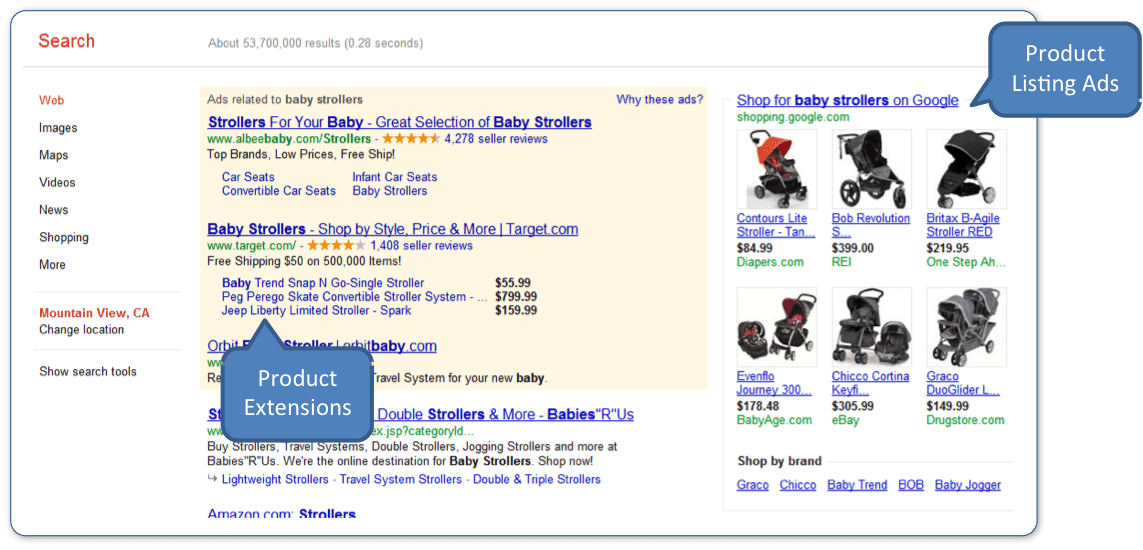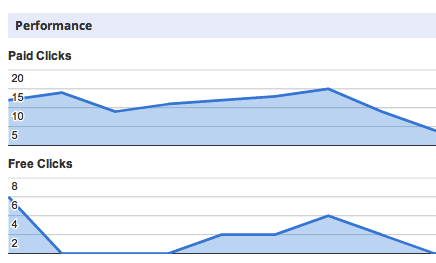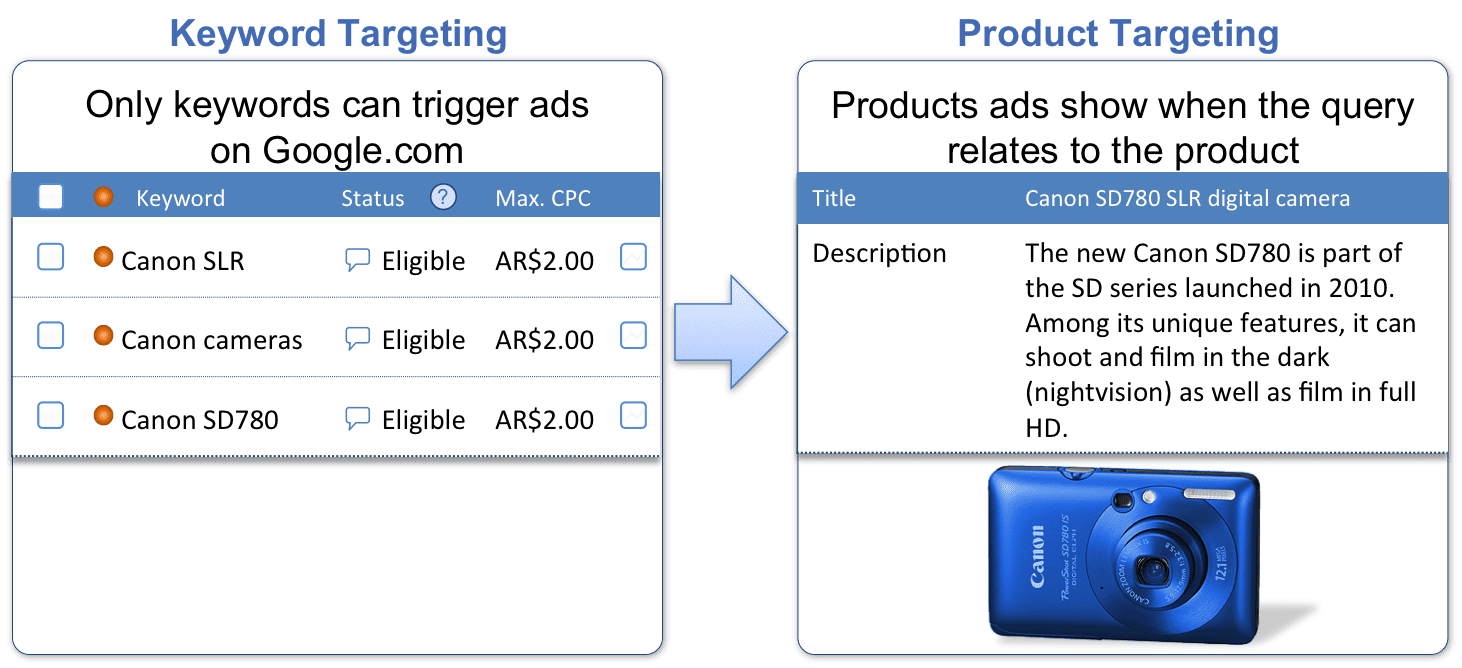Comparison shopping engines flourish and fade, ad formats evolve, competition and pricing fluctuate; but one thing remains constant: online retailers must continually rethink their advertising mix in order to meet the increasing demands and ever-shortening attention span of their target audience.
This 2-part post aims to demystify one particular Google ad format called Product Listing Ads and explain how online retailers can use it to drive qualified traffic and eventually sales to their site. If you are familiar with how Product Listing Ads work then skip to part 2, which highlights 10 specific ways to improve performance.
What are Product Listing Ads and how do they work?

Product Listing Ads, or PLAs for short, are a relatively new search ad format that displays richer product information, such as product image, price, and merchant name next to Google.com and Google Shopping results. Not to be confused with Product Extensions, another feed based ad format that has been available for a few years, PLAs were introduced by Google in June of 2012 as the cost-per-click driven engine behind Google Shopping, a purely commercial evolution of Google Product Search.*
Product Extensions are shown below text ads, on the top ad placement only. PLAs are a standalone format that shows either on the top ad placement or the right hand side.
Because both product ad formats can display at the same time, you can double your exposure on a given query, thereby increasing the likelihood that the searcher clicks through to your site. Using Product Extension and PLAs in tandem is the only way to show up in two places for the same query, an Google Ads text ad policy violation known as “double serving”.
What happened to my free clicks?

Many online retailers had grown accustomed to a significant amount of free clicks from what used to be Google Product Search, but a common complaint was the platform’s lack of control over traffic volume and ad targeting. Despite having to pay for traffic that used to be free, the new pay-to-play model gives advertisers much more control over both the reach and frequency of their product listings.
It’s worth noting that free clicks on Google Shopping have yet to completely disappear, but this traffic is nominal and is in the process of being phased out. The reason it’s still visible in the Merchant Center user interface is that the transition from Google Product Search to Google Shopping is slowly rolling out across the globe, so that data continues to be reported in part for international advertisers.
How are PLAs different from Google Ads text ads?

In contrast to traditional keyword-based text ads, PLAs are dependent on the information in the advertiser’s Google Merchant Center account. As convenient as it may seem to not have to manage keywords, relying on contextual matching with the strict and ever-evolving Google Merchant Center feed format has proved equally, if not more complex. This fundamental difference in the way ads are targeted has been a barrier to adoption among even savvy advertisers and agencies.
Rather than think of it as another layer of technical complexity, think of your feed as a highly-structured web page used to contextually match your products to search queries. As the page’s publisher, take control of its accuracy, quality and relevancy.
PLAs outperform traditional text ads.
Even before Google Shopping’s transition to a commercial model, it had been the leading comparison shopping engine (CSE) for over two years. Other CSEs like Nextag and Shopping.com continue to perform well for online retailers, but the combination of Google Shopping’s reach, performance and previously free price tag has made it the leader.
Spending on PLAs as a percentage of overall search marketing budgets is on the rise. Online retailers are increasing their investment in PLAs because they are seeing better ROI from the new PLA format. An analysis by Kenshoo based on “more than 270m global impressions and clicks shows that the CTR for PLAs was 73% higher than standard text ads and more importantly the conversion rate was 35% higher.” The primary driver of PLA’s above average click through rates is the increased visibility and appeal of the image-based format. Online shoppers have a product in mind when they search and are much more drawn to an image than a block of text.
If you decide to give PLAs a try, this tutorial video is a good place to start. Before you get too far along, read through part 2 of this post which highlights 10 best practices for PLA campaigns.
============

